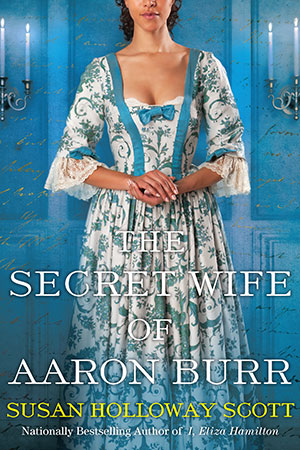Loretta reports:
If looking at history teaches us anything, it's to beware of making generalizations. In my
blog about Mrs. Bennet's nerves, author Thomas Trotter told us that girls were discouraged from getting exercise. Yet that really isn't the complete picture. Just as today there are extremes of fashionable dress, practiced by a minority, there were extremes of behavior. We know that women rode and drove even in the Victorian era. Bingley's sisters might laugh at Elizabeth for walking to Netherfield, but walking was deemed a healthful exercise, and many upper class women prided themselves on being able to walk long distances.
The following excerpt from an
1831 La Belle Assemblée indicates that many fashionable women knew their way around a bow and arrow.
~~~
GENERAL OBSERVATIONS
ON
FASHIONS AND DRESS.
THAT truly English pastime,
archery, the delight of our forefathers and foremothers (no cavilling, good reader—we insist upon our right to coin a word now and then), is once more become fashionable ; and we hasten to present our fair readers with two dresses equally elegant and appropriate for that healthful and delightful amusement.
FASHIONS FOR SEPTEMBER, 1831.
EXPLANATION OF THE PRINTS OF THE FASHIONS.
ARCHERY DRESSES.
FIRST ARCHERY DRESS. A DRESS composed of changeable
gros de Naples, green shot with white. The
corsage, made nearly, but not quite, up to the throat, fastens in front by a row of gold buttons, which are continued at regular distances from the waist to the bottom of the skirt. The
corsage sits close to the shape. The upper part of the sleeve forms a double
bouffant, but much smaller than is usually worn. This is a matter of necessity, as the fair archer would otherwise cut it in pieces in drawing her bow. The remainder of the sleeve sits close to the arm. The brace, placed upon the right arm, is of primrose kid to correspond with the gloves. The belt fastens with a gold buckle ; on the right side, is a green worsted tassel used to wipe the arrow ; a green watered ribbon sustains the
petite poche, which holds the arrows on the left side. A lace collar, of the pelerine shape, falls over the upper part of the bust. White
gros des Indes hat, with a round and rather large brim, edged with a green
rouleau, and turned up by a gold button and loop. A plume of white ostrich feathers is attached by a knot of green ribbon to the front of the crown. The feathers droop in different directions over the brim. The half-boots are of green
reps* silk, tipped with black.
So as not to make a loooong blog, I'm putting the description of the Second Archery Dress at
Loretta Chase...In Other Words.
*Reps: A French silk fabric having organzine warp the ribs are either warp or cross ribs. (From Louis Harmuth's
Dictionary of Textiles (1915)






















 One of us --
One of us -- 


